Original Video
Rivers of Japan – Pathways for Discovering Endemic Species – (From March 18)
The Japanese archipelago, located at the eastern edge of the Eurasian continent, is known for its large number of species found nowhere else, that is, endemic plants and animals. What kinds of endemic species inhabit Japan’s rivers, which display different characteristics in each region? Let’s travel along Japan’s distinctive rivers and encounter the plants and amphibians that inhabit them.
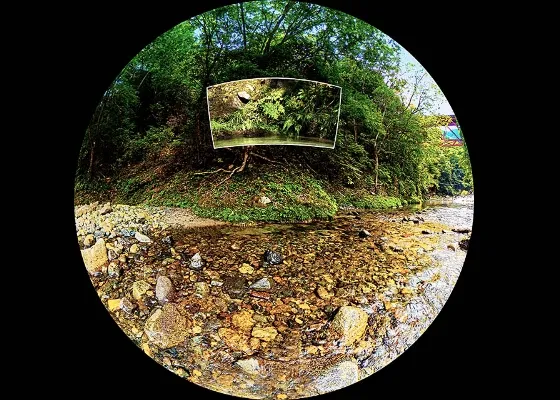
Scene 1: Plants Along the Mountain Stream
Steep riverbanks are home to many plants endemic to Japan, such as Satsuki azaleas and Yashazenmai (Osmunda lancea). These plants along the mountain streams can quickly be swept away by the rapidly rising waters when heavy rain occurs. What happens to the Yashazenmai when they are swept into the river?
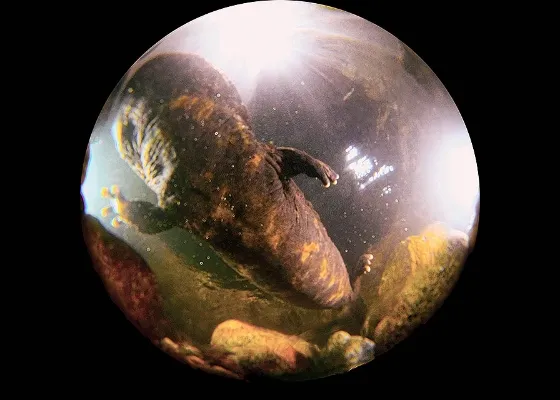
Scene 2: One of the World’s Largest Amphibians
Most amphibians, which cannot swim in the sea or fly in the air, are endemic to Japan.
In the gently rolling mountains of the San’in region, and in rivers flowing between terraced rice fields in the valleys, one of the world’s largest amphibians, the Japanese giant salamander (Andrias japonicus), makes its home. As night falls, look...
they begin to start their day.
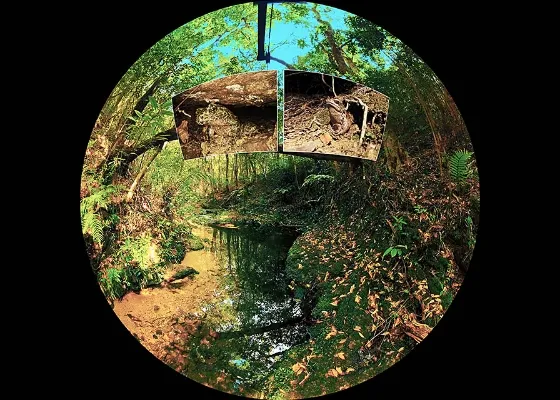
Scene 3: Cradles of Endemic Species
In the forests of northern Okinawa Island, where the climate remains warm throughout the year, rare frogs endemic to the Ryukyu Islands, such as the Okinawa Ishikawa’s frog (Odorrana ishikawae) and the Holst’s frog (Babina holsti), make their home. The abundant rainfall in Yambaru region nourishes the rivers and forests, creating cradles for endemic species that have thrived here since ancient times.
30,000-year-old Epic Voyage -Homo Sapiens Arrives in Japan-
How did the first people of the Japanese archipelago cross the vast seas and reach the islands more than 30,000 years ago? To study and recreate this ancient voyage, the National Museum of Nature and Science carried out the “30,000-Year-Old Voyage Reenactment Project” (2016 to 2019). This work allows you to experience the voyages of our ancestors, based on footage from the over-200-kilometer experimental crossing by dugout canoe from Taiwan to Yonaguni Island.

Scene 1: The Sakitari Cave Site Today
Traces of human life from about 30,000 years ago have been discovered in a cave on an island in Okinawa. Along with what are believed to be the world’s oldest fishhooks and beads, large numbers of crab claws have also been found. It seems this cave was
a place where Paleolithic people came to eat crabs. Still, where did they come from?
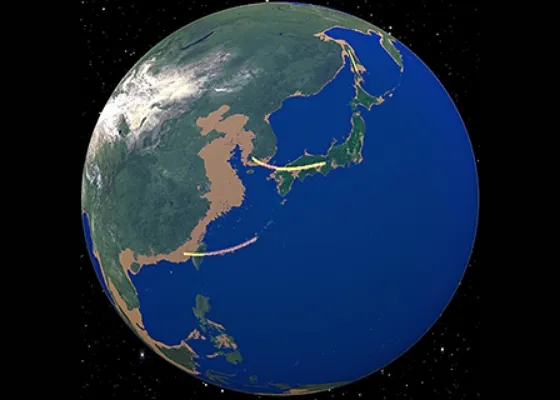
Scene 2: The Earth 30,000 Years Ago
It was the Ice Age, over 30,000 years ago. Sea levels were lower, and land had expanded, yet most of the Japanese archipelago, including Okinawa, remained surrounded by the sea. In other words, the first people of the Japanese archipelago came across the sea. Let’s experience how they crossed the sea by riding a dugout canoe.
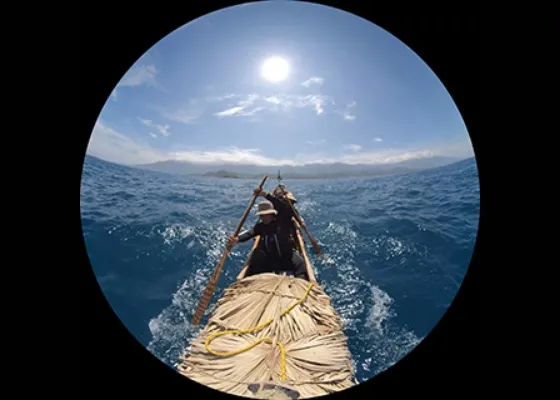
Scene 3: 30,000-year-old Epic Voyage
The experimental voyage is about to begin. The journey starts in Taiwan, with the goal of reaching Yonaguni Island in Okinawa, over 200 kilometers away. Ahead flows the mighty Kuroshio current, one of the world’s largest ocean currents, and Yonaguni Island, the destination, is beyond the horizon. Please steer your canoe carefully to reach your destination safely.
Deep Sea -Submersible sheds light on the dark frontier-
The deep sea is a harsh environment, with complete darkness, low temperatures, and immense water pressure. Most of the deep-sea floor is covered in mud, resembling a desert with few living organisms. However, the deep sea also has biological oases, called hydrothermal vent areas. Here exists a unique biological community supported by microorganisms that synthesize organic matter from hydrogen sulfide and methane in the hydrothermal fluids. (Image courtesy of JAMSTEC)
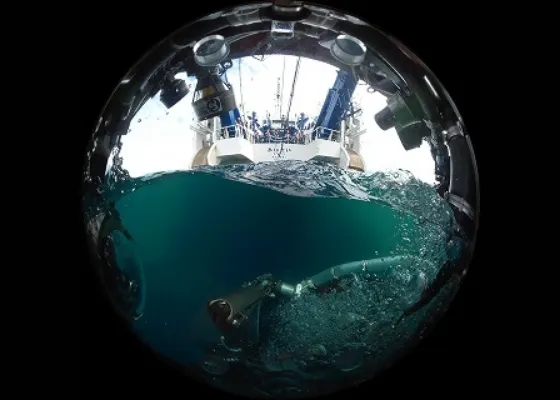
Scene 1: Journey to the Deep Sea with an Unmanned Explorer
The deep sea refers to areas deeper than 200 meters below the surface. At this depth, sunlight can no longer reach, creating a pitch-black world. More than 90% of the Earth's oceans are deep sea, yet most of it remains unexplored by humans. We equipped an unmanned explorer with a 360° camera and filmed the entire journey in live action. It was deployed from the mothership and reached the deep-sea floor of Suruga Bay and the Okinawa Trough.

Scene 2: The Deep-Sea Floor of Suruga Bay
In the deep sea, where photosynthesis is impossible, most organisms rely on dead bodies and waste that fall from shallower waters as their source of energy. When the submersible places food on the seafloor, ogre grenadier, pacific flatnose, and cutthroat eels quickly detect the scent and gather, sparking fierce competition over the valuable meal. Beneath our feet, many brittle stars also inhabit the area.
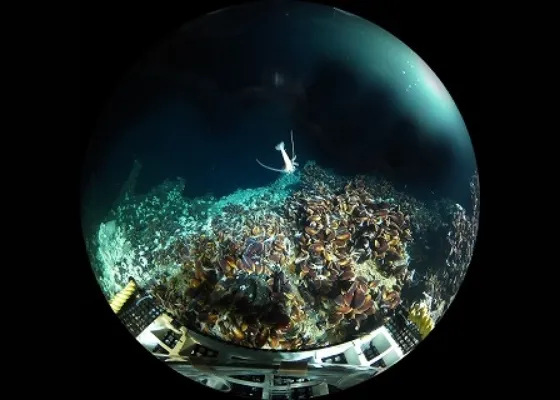
Scene 3: Hydrothermal Vent Area on the Seafloor of the Okinawa Trough
Near seafloor volcanoes, there are areas where superheated water exceeding 300°C gushes out. Here exists a unique ecosystem that relies on microorganisms synthesizing organic matter from hydrogen sulfide and methane present in the hydrothermal fluids. The seafloor around the hydrothermal vents is densely populated with Bathymodiolus and Shinkaia crosnieri, while Alvinocaridid shrimps swim actively among them.
Human Journey: The Spread and Creative Achievements of Homo sapiens
Humans originated in Africa and evolved from early hominins to Homo erectus, then to archaic humans, and finally to modern humans, Homo sapiens. Here, we trace the path of human evolution, which has been rapidly clarified in recent years through studies of fossils and DNA. The climax of this story is the global expansion of us, Homo sapiens, made possible by our continuous creation of new cultures and technologies.
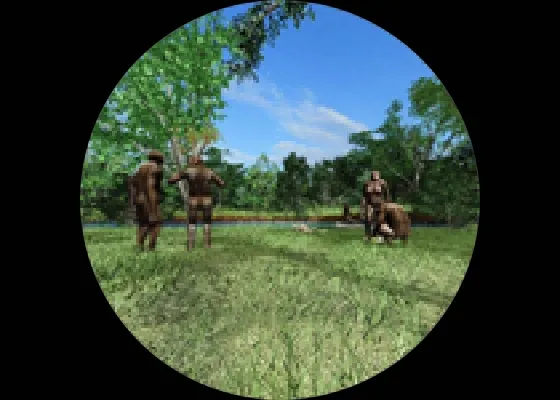
Scene 1: The Dawn of Humanity
Early hominins in Africa are thought to have lived both in the trees and on the ground. We reconstruct the appearance and life of these Ardipithecus ramidus based on the latest fossil research. Their appearance, neither fully ape nor fully human, is a must-see.
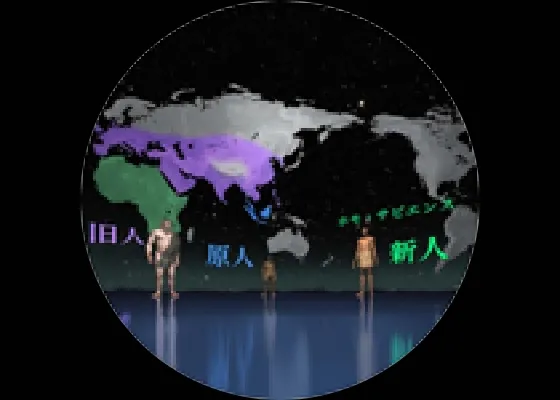
Scene 2: The Evolution and Diversification of Humanity
We explain the flow of human evolution from early hominins to Homo erectus, archaic humans, and Homo sapiens, while examining how their geographic ranges expanded. At the end of the scene, visitors are surrounded by CGI recreations of early hominins and Homo erectus.
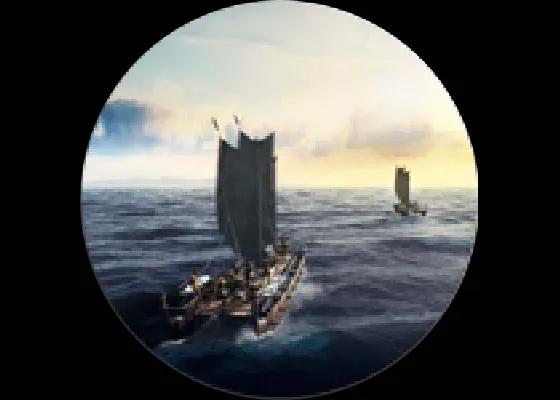
Scene 3: The Emergence of Homo sapiens and Their Global Expansion
We, Homo sapiens, overcame natural barriers that earlier humans could not and achieved a vast global expansion. We recreate several key moments from this grand history. Spectacular cave paintings and musical instruments are featured, along with mammoth-bone houses that enabled expansion into icy regions and ancient canoes used to reach islands across the seas.
Journey Through 13.8 Billion Years of the Universe -Everything Was Born from the Stars -
The universe began 13.8 billion years ago with the Big Bang. The newborn universe was unimaginably hot and dense. The universe continued to expand, and the first stars were born from clumps of hydrogen gas. Within the vast web-like structures, countless stars and galaxies came into existence. One of these is the Milky Way galaxy. There, the Sun was born, and our Earth was formed. Even the human body was originally made from parts of stars.
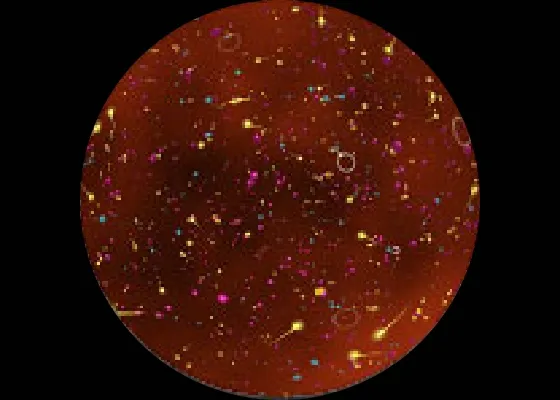
Scene 1: The Big Bang
The Big Bang marked the beginning of all matter in the universe, and it was also the starting point of time and space. During the first three minutes, elementary particles, which are the building blocks of all matter, were created, and from protons and neutrons, atomic nuclei such as hydrogen and helium formed. 380,000 years later, electrons were captured by atomic nuclei, and the universe suddenly became transparent. The so-called “clear-up of the universe” (a Japanese term for the recombination epoch).

Scene 2: Supernova Explosions
The first stars were massive, hundreds of times the size of the Sun. Inside these stars, nuclear fusion transforms hydrogen into helium, and helium is further fused into heavier elements such as carbon, oxygen, and iron. When the core fills with iron, a massive explosion occurs. This is a supernova explosion. During this event, elements heavier than iron, such as gold and silver, are formed. The elements created in this way are scattered across the universe and become the materials for the next generation of stars.
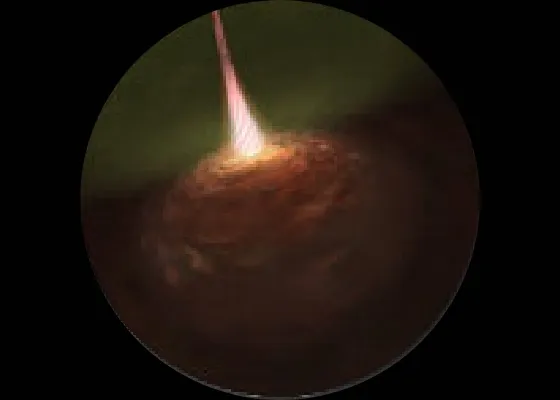
Scene 3: The Birth of the Sun
Within molecular clouds formed from gas and dust, it takes about one million years for clumps of hydrogen gas, or “solar embryos,” to form. The “solar embryo” gathers more gas and dust, forming a disk, and at its center a protostar, the “baby Sun,” is born. The solar system forms around this “baby Sun,” and our Earth comes into existence.
The Ocean Food Chain -The Flow of Energy from the Sun to the Bluefin tuna fish-
Life first appeared on Earth about 4 billion years ago. Today, there are well over 1.75 million known species. Many of them live within a network called the food chain, where sunlight is converted into food for survival, and energy is passed along through a continuous cycle of eating and being eaten. Here, we explore how sunlight energy is transferred from one organism to another in the oceans, which cover 70 percent of the Earth's surface.
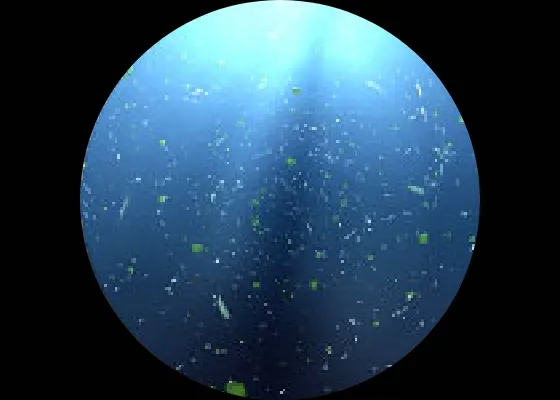
Scene 1: The Sun and Phytoplankton
In shallow coastal waters, various seaweeds receive sunlight and perform photosynthesis, producing organic matter as they grow. Meanwhile, even in the seemingly empty open ocean, tiny phytoplankton, ranging from a few micrometers to about one millimeter, drift through the water, absorb sunlight to perform photosynthesis, and multiply by division.

Scene 2: The Mouth and Gill Rakers of Sardines and Copepods
These tiny phytoplankton are consumed by slightly larger zooplankton, such as copepods and krill, effectively transferring and storing the sun’s energy at a higher level. Sardines and saury swallow these zooplankton along with seawater, then strain and eat them using fine comb-like structures called gill rakers located at the base of their gills.

Scene 3: Japanese Flying Squid and Tuna
Japanese flying squid love to eat sardines and saury. With their ten highly flexible arms, they catch and hold sardines and saury, then tear the flesh with their hard beaks to eat. Then, the king of fish, the bluefin tuna, moves in to target the Japanese flying squid. The squid releases ink and tries to escape, but if caught by the bluefin tuna, it is swallowed in a single gulp.
The World of Dinosaurs -Insights from Fossils-
Dinosaur fossils usually consist only of bones and teeth, making it impossible to scientifically recreate the living world of dinosaurs as seen in movies. However, from the shapes of their bones, teeth, and joints, we can sometimes imagine how they moved and lived. Let’s imagine the world of North America at the very end of the Cretaceous period, when the Triceratops, now on display at the National Museum of Nature and Science, actually roamed.

Scene 1: The Present
The Triceratops at the National Museum of Nature and Science is one of the most complete and well-preserved specimens in the world. It is displayed in the same posture in which it lay within the sedimentary layers. Research on this specimen is gradually revealing the shape and movement of Triceratops’ forelimbs. Let’s visit North Dakota in the United States, where this fossil was discovered. Today it is a dry and barren land, but 66 million years ago, at the very end of the Cretaceous period, it was a lush plain and forest.

Scene 2: 66 Million Years Ago
It has sometimes been said that Tyrannosaurus could only scavenge carcasses, but recent evidence shows that it also attacked living Triceratops. Although they became extinct, some dinosaurs have continued to evolve and survive as birds today. Excluding birds, about 1,000 dinosaur species have been given scientific names, but this represents only the tip of the iceberg of their full diversity. Most dinosaurs are still buried underground, waiting to be discovered by us.
The Mantle and Earth’s Dynamic Changes -Wonders of the Earth’s Interior-
Plate movements cause continents to split and drift, while oceanic crust formed at mid-ocean ridges sinks into the Earth's interior at trenches. In the process, earthquakes and volcanic eruptions occur, and sometimes even great mountain ranges are formed. The key to understanding these changes lies in the slow circulation of the mantle, which takes hundreds of millions of years. We enter the unseen interior of the Earth and follow convection currents, with upwellings from the deep mantle and downwellings near the surface.
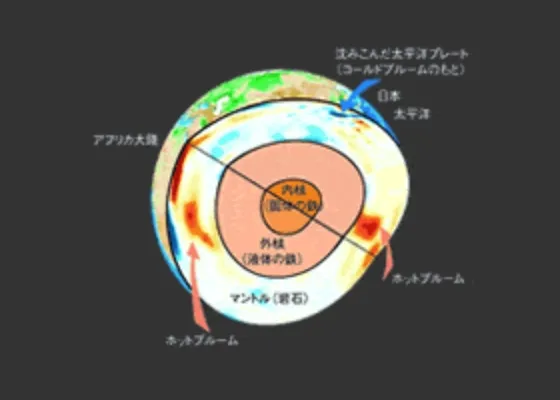
Reference Diagram
The interior of the Earth is layered, consisting of a rocky crust and mantle, and a core made of iron. Using seismic tomography, we can see that the Pacific Plate subducted at the Japan Trench lies beneath the Eurasian continent, and that hot plumes exist beneath the South Pacific and Africa.
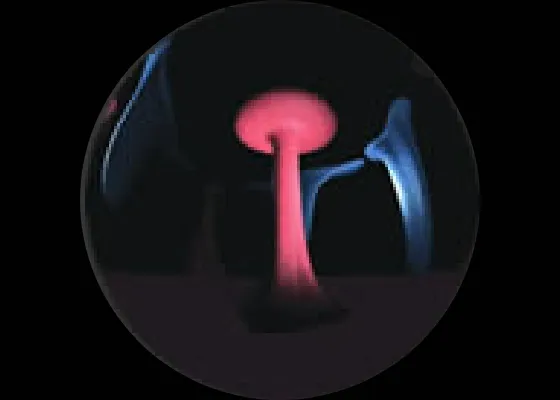
Scene 1: Hot Plumes
Subducted plates become heavier and sink down into the deep mantle. In contrast, hot plumes rise from other parts of the deep mantle. Plumes rising toward the surface can split into smaller streams near the crust, sometimes causing volcanic eruptions.
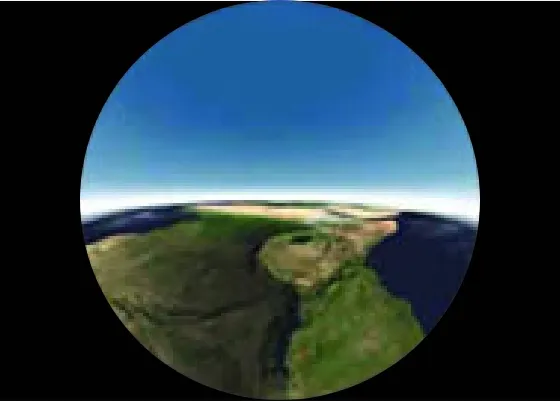
Scene 2: A Land Torn Apart
The East African Rift is a massive crack where the continent is being pulled apart, and it is home to many active volcanoes and lakes. The movement that splits the continent is thought to be related to a massive hot plume deep beneath the surface. If
this expansion continues, the sea will intrude, creating areas like the Red Sea and the Gulf of Aden.